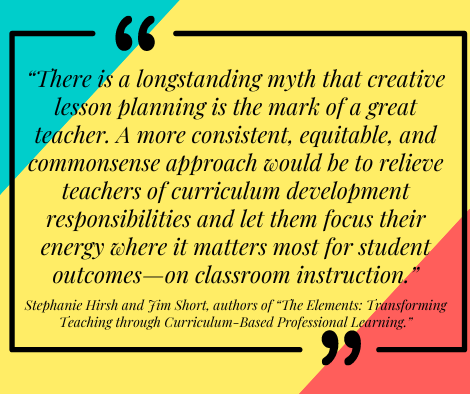The University of Rhode Island was invited by the Rhode Island Department of Education to join a leadership group focused on High-Quality Instructional Materials (HQIM). The goal is to develop a thorough understanding of HQIM implementation through active participation in district professional learning, alongside co-planning and co-teaching with in-service educators. The group is engaging with a set of educator competencies that define what educators must know and be able to do throughout their pre-service and in-service experiences to teach using high-quality instructional materials.
My interest in this initiative is particularly strong as I develop a new curriculum for aspiring school leaders. Future principals must grasp the importance of HQIM, understand how to support professional learning for teachers, set clear expectations for implementation, and apply strategies for monitoring progress and providing feedback.
This month, I had the privilege of spending two days with William Graves, a math teacher at the Providence Career and Technical Academy (PCTA) in Providence. Together, we co-planned and co-taught a 9th-grade Algebra 1 lesson on “Rates of Change,” focusing on average rates of change in exponential functions. PCTA utilizes Illustrative Math and Kiddom as its online platform.
Admittedly, I felt some nerves on the day of the lesson, especially since it had been a while since I last reviewed exponential functions, a topic I had never taught before. Being back in the classroom was exhilarating—greeting students, explaining my presence, fostering relationships, and teaching reignited my passion for education. Observing Will’s skill in engaging students in both English and Spanish was particularly inspiring.
I want to share a couple of takeaways from my experience….
Materials Matter: Consistency with the curriculum is vital. Reflecting on my time as a principal, I recall the frustrations voiced by math teachers over inadequate resources. In my own experience as a principal, I remember my math teachers complaining about the lack of materials and having to spend hours researching on their own. Using HQIM gives teachers time back to focus on building relationships or differentiating instruction.
HQIM Is Not A Script: No “One Size Fits All” approach will work in every classroom. Adaptation must be allowed, but the core curriculum must remain constant. Administrators should allow teachers to phase in the curriculum. Allow flexibility in picking activities as opposed to forcing teachers to complete every problem.
Find More Time: Administrators must allocate more time for teacher collaboration and curriculum familiarization. Understanding the nuances of these curriculums requires dedicated time and professional development. Administrators also need to make time to be in classrooms monitoring the implementation of the curriculum.
Listen To Your Teachers: Developing a shared vision communicates expectations for teaching and learning and provides a common language that can be leveraged across all classrooms. Administrators need to provide teachers an opportunity to weigh in on the selection of materials.
Raise Our Expectations: High expectations encourage students to strive for excellence, promoting an aspirational culture within the educational environment.
Hire Excellent Teachers: Will, your passion for teaching and mathematics is inspiring. It was a privilege to witness your engaging teaching methods and to be a part of your classroom. Thank you for sharing your insights and for the positive impact you continue to make on your students.
In conclusion, HQIM is essential for improving education quality and equity. My experience at the PCTA highlighted HQIM’s role in better teaching and learning. For effective implementation, collaboration among administrators, teachers, and policymakers is key. We must focus on adaptable curricula, support professional development, and value teacher input. Embracing HQIM can lead to a future where all students receive the quality education they deserve, marking a vital step towards educational excellence and equity.


Recent Comments